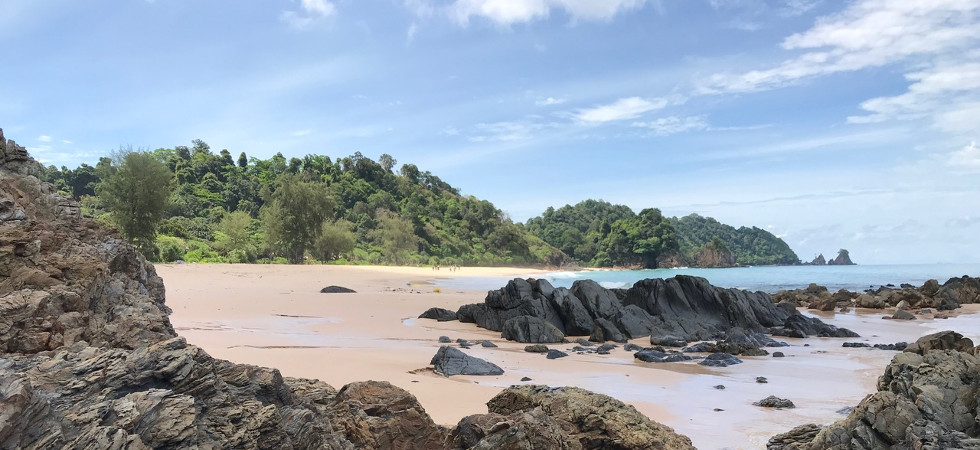The newest luxury travel destination is a vast untouched island group with a fascinating past and a serene present. Keith Lyons explores how you can make the Mergui archipelago part of your future travel plans.
There’s no shame in admitting that you’ve never heard of the Mergui Archipelago before. You probably first saw the name of the new island destination right here at Luxury Lifestyle, as voting in the Readers’ Travel Awards 2019 (before mid-August) puts you in the draw to win a holiday prize at Awei Pila Resort, one of the archipelago’s finest hideaways.
The resort sits just within the borders of Myanmar, but to find the archipelago on a map, you need to look closely at the Andaman Sea to spot the scattering of small islands off the coast of southern Myanmar and west of Thailand’s Ranong. There are more than 800 islands in the island group, with the limestone and granite islands and atolls spread hundreds of kilometres north to south, and up to three hours away from the mainland by fast speedboat.
Isolated, remote, and largely uninhabited, the islands have rightly been described as the ‘last island frontier’, and it is only in the last few years that a few of the islands have established small, low-impact eco-resorts. While sharing the same Indian Ocean as the Maldives, the Mergui Archipelago offers a more intimate connection with nature in all its rawness. While the Maldives and nearby Phuket might provide images that can go straight onto Instagram, the archipelago is more of a wholesome, experiential, ‘back-to-nature’ place, that provides the perfect antidote to stressful lives, urban living and digital overload.
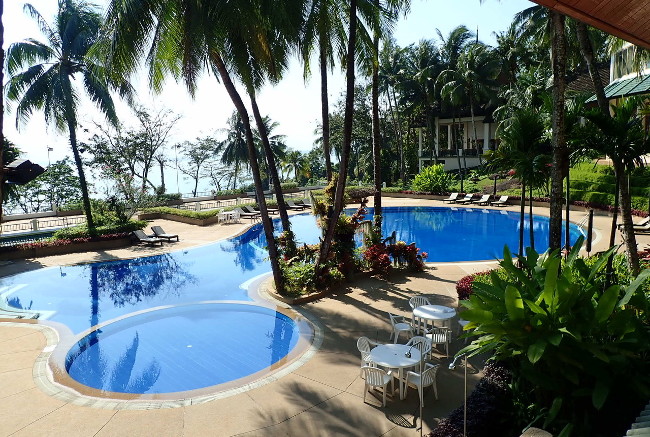
For starters, one of the hallmarks of 21st-century living – four bars of mobile phone coverage – is absent once you set out from the main port of Kawthaung, at the tip of southern Myanmar. There is no cell phone service in the islands, yet. On the resorts, wi-fi is provided by satellite, and subject to weather conditions, and the phase of the moon. As a result, guests can really disconnect with the digital world, and more fully immerse themselves in the tropical island paradise.
Digital detox doesn’t just mean sunbathing on a deserted sandy beach or beside a swimming pool, as the emphasis at the resorts is soft adventure, with a host of activities on offer, from snorkelling and diving, paddle-boarding and kayaking, through to nature hikes, birdwatching, and cultural visits. With few inhabitants on the islands, there isn’t much exposure to Myanmar/Burmese culture, though most of the staff are from the region or the Myanmar former capital Yangon.
Instead, visitors can learn about the sea-faring Moken, also known as sea gypsies, who have roamed the area foraging and collecting. Now largely settled, the Moken’s lifestyle revolving around wooden canoes is gradually disappearing, but visits to basic villages reveals much about a people famed for their underwater prowess, who still dive to find giant clams, beach comb to collect shells, and catch small fish which are sun-dried on racks. Burmese fishing villages have sprung up throughout the islands, and at night when there’s no moonlight, the green neon lights of squid boats on the horizon give the night sky an alien feel.
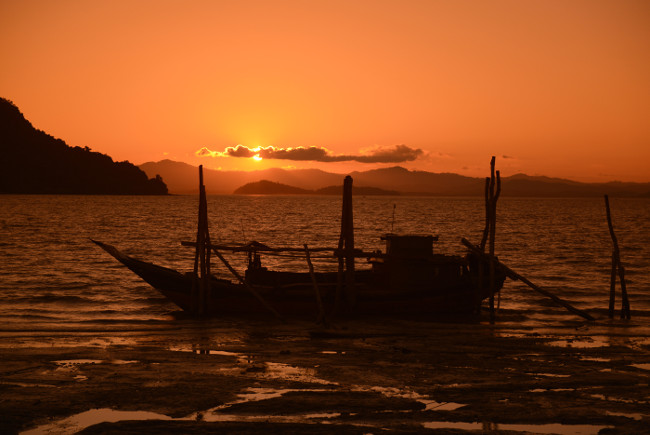
In the past blast fishing using dynamite, mainly by illegal fishers supplying Thailand with bounty from the sea, has left behind scars in the coral reefs, and over-fishing means there are only smaller fish species around the islands. But tighter regulation and enforcement, along with the presence of the resorts, is bringing about a change from past exploitation. For example at one resort, Wa Ale Island Resort, security guards ensure no poachers can land on the beach to collect turtle eggs from the sand dunes in front of the tent villas. Other resorts, such as Boulder Bay Eco Resort, is pushing for a no-take zone around its island to help replenish fish stocks, while Nyaung Oo Phee has an agreement with local fishermen not to operate near its snorkelling spots, in return for paying a fair price for sustainably harvested produce from the sea.
The other challenge in the islands is the presence of plastics and ghost fishing nets, some from as far away as India and Indonesia. All the resorts have undertaken huge beach clean-ups, and in an effort to reduce plastics and waste, all have initiatives towards being plastic-free, such as issuing refillable water bottles to arriving guests. At Awei Pila, glass from bottles is ground into fine sand, and then returned to the environment.
Many of the resorts see themselves as pioneering green tourism and showcasing how eco-tourism can benefit not just guests but fragile ecosystems, local communities, and sustainable livelihoods. Limits on the numbers of visitors also means that appreciative guests can be part of changing the narrative of the islands.
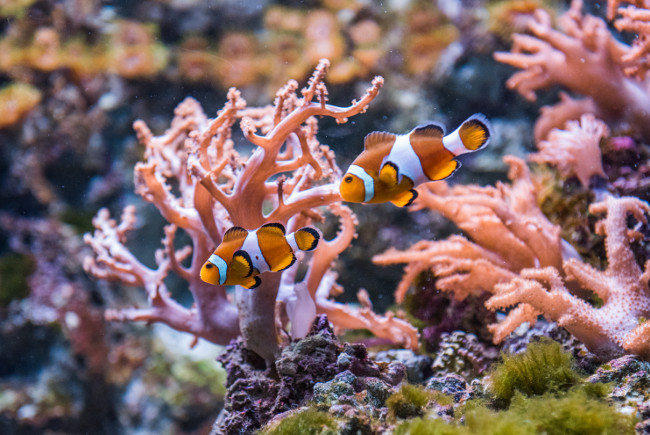
For centuries, the Mergui Archipelago was important in sea trade routes, with the British establishing trading ports along the coast of southern Burma two hundred years ago. However, the size of the archipelago meant there was a reputation for pirates and plundering, as well as tin mining, forestry, pearls and fishing. The proximity to Thailand meant the sensitive border area was pretty much out-of-bounds for all in the second part of last century. Charter boats from Phuket taking divers out to far-flung dive locations were the first to manage to venture inside the archipelago twenty years ago, but it is only in the last year or so that high-end resorts have opened.
The requirements for a Myanmar visa, and the set weekday departures of boat transfers to the private resorts, as well as seasonal nature of the place – resorts are only open October to May outside the rainy season – means some planning and preparation is required to get to the islands. Best access is through Ranong in Thailand, connected to Bangkok’s budget airport Don Mueang with regular flights, or 5-6 hours away by car from the hub airport of Phuket.
From Ranong’s port, after immigration formalities are completed, it is a short long tail boat journey across a wide river estuary to the southernmost tip of Myanmar, Kawthaung, where e-visas are stamped. There are also daily flights to Kawthaung from Yangon, for those already in Myanmar. The lack of direct flights, as well as the long boat transfers, means travel times are long, but the journey to your own tropical island getaway is worth it.
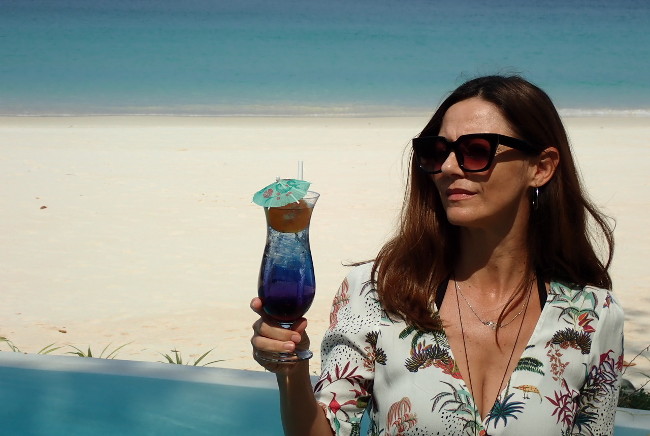
Unlike the Maldives where bringing alcohol (and pork) is strictly forbidden, duty-free wine shops in Kawthaung are often the last port of call for new arrivals before the midday departures out to the island resorts. All the resorts serve alcohol, some include all drinks in the tariff, others require payment for premium drinks. Compared to Phuket and Langkawi islands in Malaysia, the main differences are the absence of tourists and ‘development’. All the resorts have been created from scratch. “It is like building a minimal-footprint city,” one resort developer told me, “You have to provide everything including water, power, waste disposal, roads, trails, and even biodegradable bathroom products.”
The goal of having minimal impact on the pristine environment is at the heart of Awei Pila Resort which offers 24 air-conditioned tent yurts set along a sandy beach and in the lush jungle. With its centrepiece curved infinity pool and dining area, the full-facility resort has a relaxed vibe with a range of activities on offer including visiting its nearby Moken settlement, being dropped off a long, deserted beach, or going on an underwater excursion from the PADI scuba diving centre with the island’s marine biologist.
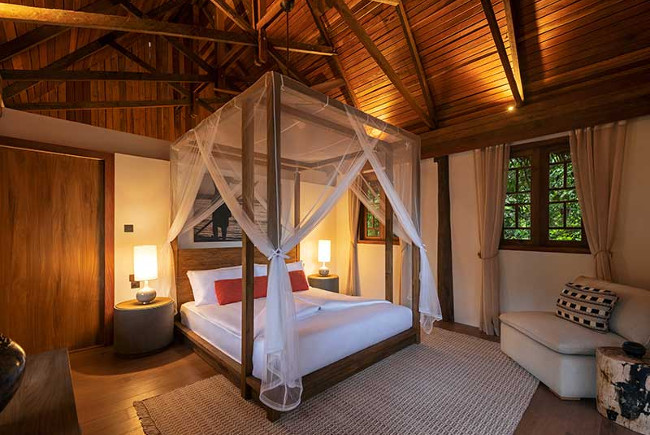
Another ‘bucket list’ property is the premier barefoot luxury Wa Ale Island Resort, a conservation-led private resort which aims to introduce visitors to the unique exotic archipelago environment. With natural-hued tented villas set back from its main beach – also a protected sea turtle nesting area – and jungle treehouses, the resort’s bohemian chic design and tailor-made activity focus means guests can be as busy as they want from dawn til dusk, though mealtimes are not to be missed, with a 5-star safari chef conjuring up innovative, fresh cuisine, using the resort’s own organic kitchen garden and seafood bartered with local fishermen.
It is an immersive experience surrounded by natural wonders at the eco-friendly Boulder Bay Eco-Resort, with a distinctive balancing rock defying gravity in the middle of the resort’s tidal reef and coral garden – and yoga sessions from the secluded bamboo yoga shala. The simple wooden cabins, some with sea views, provide the perfect base for exploring the island’s bays and trails, with a marine research facility/dive centre staffed by marine biologists and environmental educators. The island playground may have provided inspiration to the creator of Peter Pan’s Neverland.
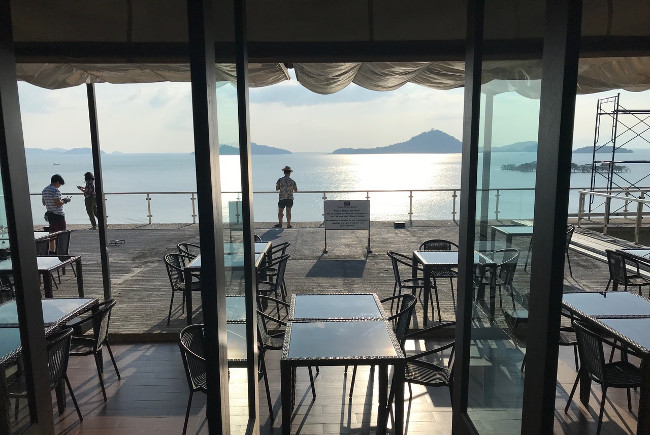
The coral diversity and marine life are the main attraction at Victoria Cliff Resort Nyaung Oo Phee, one of the first resorts in the islands, close enough to Kawthaung to have day-trippers. A choice of half a dozen prime snorkelling sites nearby support a mix of soft and hard corals, including spectacular seafan, staghorn and harp corals, as well as clownfish, and purple-sheafed anemones. New beach villas and rooms await overnighters, who also get to witness a Myanmar dance performance and fire show.
Victoria Cliff also run a mainland hotel, Victoria Cliff Hotel & Resorts Kawthaung, ideal for stopovers before and after island trips. With a choice of oceanview rooms or garden view accommodation, the large restaurant and terrace bar is the place to be late afternoon to witness dramatic colourful sunsets. Two swimming pools get you into the aqua-life mood or allow a slow acclimatization back to the real world after an island adventure, while the resort organises trips to the natural Maliwan hot springs.
On an island, but close to Kawthaung, the Grand Andaman Hotel is the other option before or after island trips, to connect with flights in or out. Formerly a casino hotel with a golf course, it still has gambling but now is more family friendly, with lots of dining and shopping options, as well as excursions. The hilltop resort, a short boat ride from Kawthuang, also has direct boat transfers across to Ranong in Thailand. Foreigners from Thailand can visit without a visa, just by paying US$10 cash for a Kawthaung area border pass.
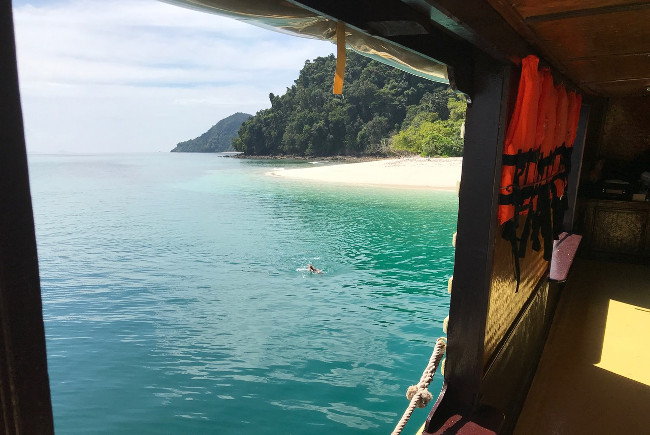
As well as the resorts, the islands can also be explored by boat, with charter boats available for dive trips, as well as cabins offered aboard scheduled trips during the season October to May. An old-fashioned way of slow travel into the archipelago is with Island Safaris, on the wooden cargo vessel, the Sea Gipsy, which has been converted to provide open-air gazebo berths. With departures twice a week, different itineraries take in sandy bays with no footprints, and provide opportunity for snorkelling, swimming, kayaking, paddle-boarding, or just lazing on the top deck.
Myanmar luxury small ship operator Pandaw takes visitors on a stylish 1960’s motor yacht, the Andaman Explorer, around the island group, while Burma Boating has a fleet of vessels, including a new solar-power yacht, offering cabin cruises and private yacht charter. In recent years the 1,500-passenger Star Cruises SuperStar Libra and even the 3,500-capacity Genting Dream has ventured into the archipelago on cruises from Singapore, Malaysia and Thailand, though it is uncertain if they will include MacLeod island in its 2019/20 season.
Keith Lyons (keithlyons.net) is an award-winning New Zealand travel writer, based in Asia. He is currently working on a coffee table book about the Mergui Archipelago.












